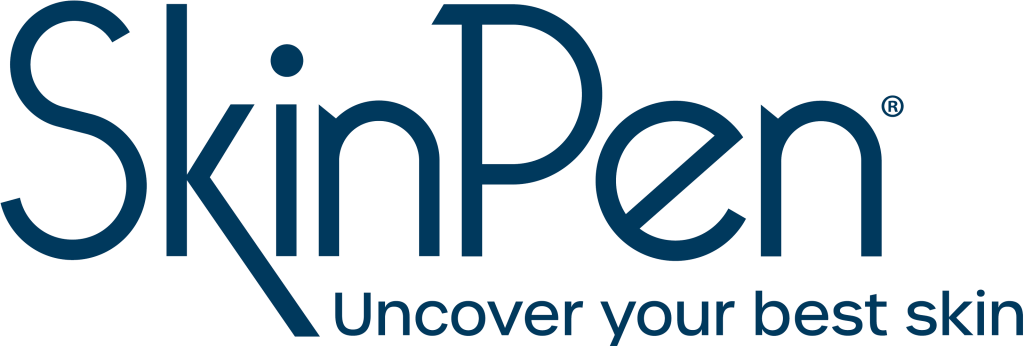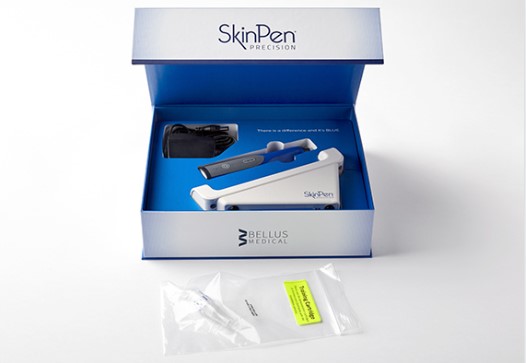Uncategorized
How Microneedling Helps Combat Acne Scars for Good
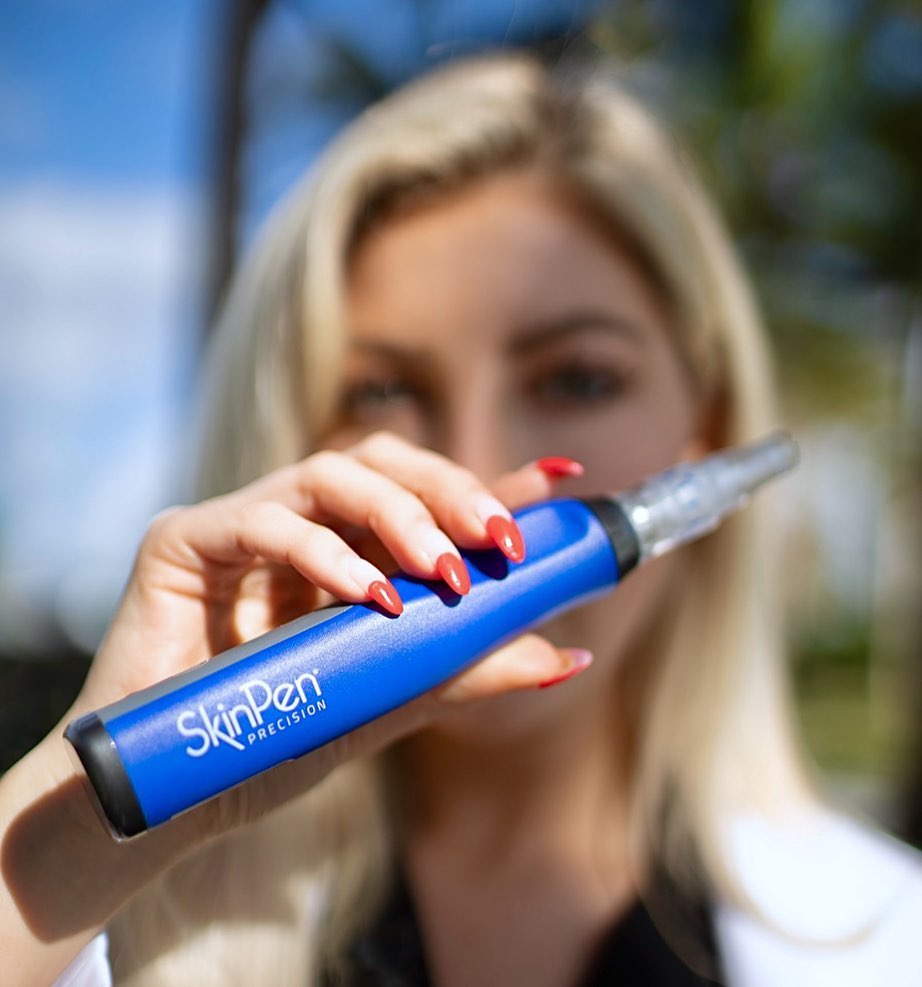
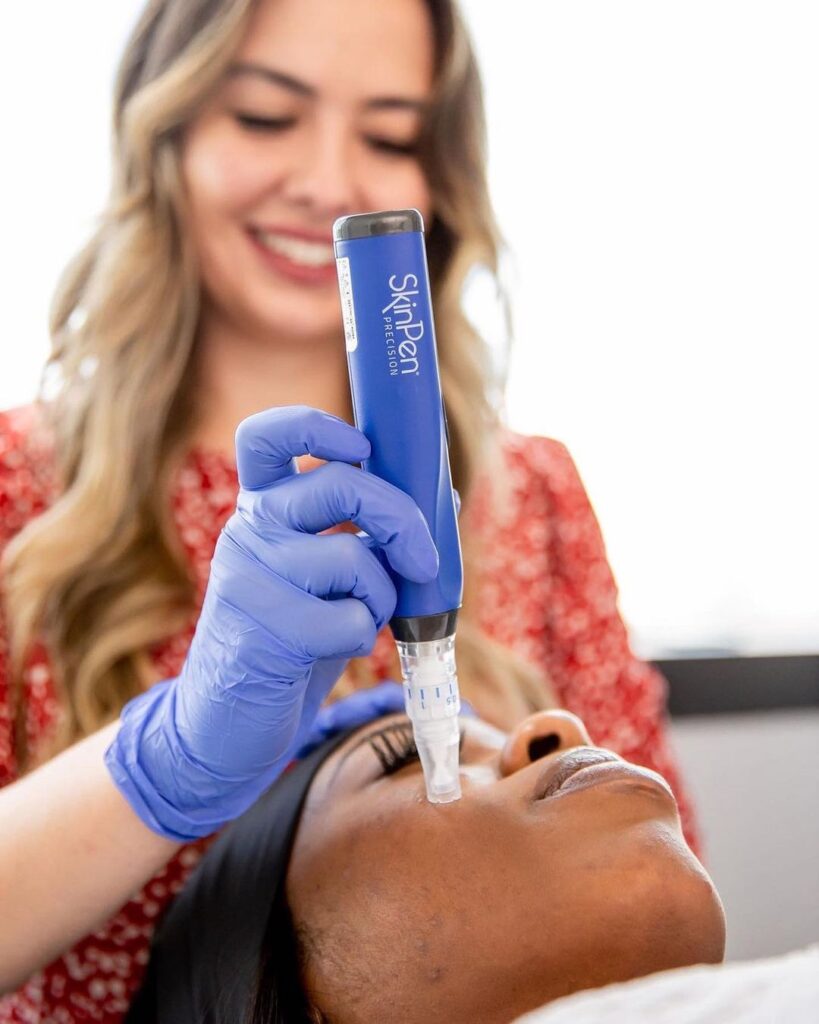
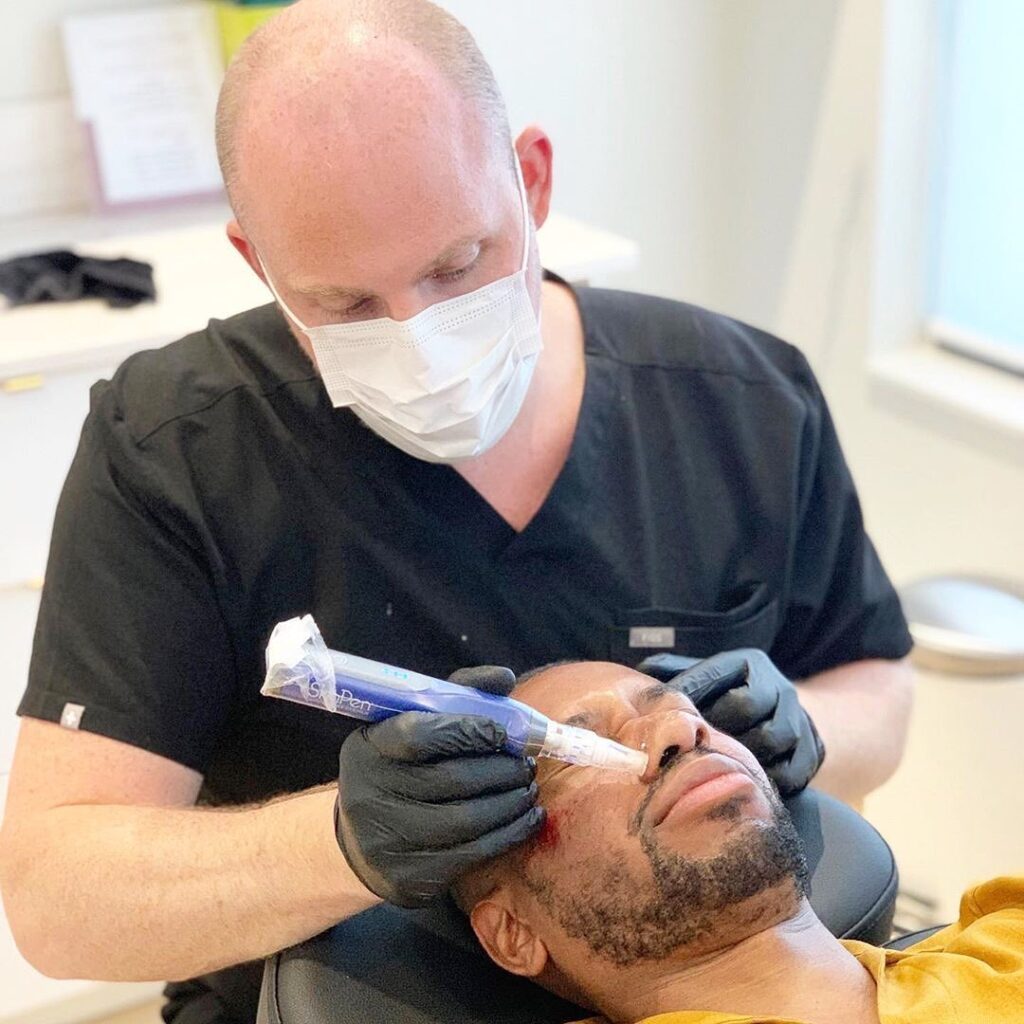
Become A SkinPen Provider Acne scars can feel like an unwelcome reminder of past breakouts, long after the acne itself has disappeared. You’ve probably noticed that not all acne scars look the same, and that’s because different types of acne cause different scars. Understanding why acne scars form and what type you’re dealing with is the first step to improving your skin. Luckily, SkinPen providers offer solutions that can help tackle those frustrating scars and smooth things over.
Why Do Acne Scars Form?
You might be wondering why some breakouts leave scars while others vanish without a trace. Acne scars form when your skin’s healing process gets disrupted. When a breakout damages the skin’s deeper layers, your body jumps into action, producing collagen to repair the wound. If too little or too much collagen is produced, it can lead to scarring. The result? Either raised or indented marks on your skin, depending on the type of scarring you’re dealing with.
Inflammatory acne, like cysts or nodules, is usually the culprit behind more severe scarring. It affects the skin deeper, making it harder for your body to heal without leaving behind a mark. But don’t worry—thanks to advancements in microneedling, SkinPen providers can offer real solutions to reduce acne scars and help your skin recover.
Types of Acne Scars: What Are You Dealing With?
There are a few different types of acne scars, and knowing which one you have is important for finding the right treatment. While they might look similar at a glance, each scar type requires a unique approach. Let’s break down the main types you might encounter:
Atrophic (Depressed) Scars: These are the most common acne scars and tend to form when your skin loses tissue during the healing process. They look like small, sunken areas or pits in the skin. There are three main types of atrophic scars:
- Ice Pick Scars: These are narrow, deep scars that look like tiny holes, often caused by severe breakouts. They can be tough to treat because they penetrate deep into the skin.
- Boxcar Scars: These scars are wider and have more defined edges. They tend to be shallow but noticeable, and they’re often found on the cheeks or temples.
- Rolling Scars: As the name suggests, rolling scars create a wave-like texture across the skin. They’re less defined than boxcar scars but can give the skin a rough appearance.
Hypertrophic (Raised) Scars: Unlike atrophic scars, hypertrophic scars are raised above the surface of the skin. These scars happen when your body produces too much collagen during the healing process, leading to a bumpy, raised texture. They’re more common on the chest, back, and shoulders but can also appear on the face after severe acne.
Post-Inflammatory Hyperpigmentation: While not technically a scar, post-inflammatory hyperpigmentation (PIH) can be just as frustrating. It appears as dark spots left behind after acne heals, especially on people with darker skin tones. Although these spots fade over time, they can last for months. SkinPen providers often recommend microneedling as an effective way to speed up this process and restore a more even skin tone.
Can Acne Scars Be Prevented?
The best way to prevent acne scars is to tackle the root cause of the acne itself. Keeping your skin healthy with a good skincare routine, avoiding picking at your pimples, and getting professional acne treatments can make a huge difference. However, even with the best intentions, some scars are inevitable. That’s where professional help comes in—SkinPen providers specialize in reducing the appearance of acne scars, no matter the type.
If you’re already dealing with acne scars, the good news is there are ways to reduce their appearance. Microneedling with the SkinPen is one of the most effective treatments available today. By creating tiny micro-injuries in the skin, it encourages your body to produce fresh collagen, filling in those scars and leaving your skin smoother over time.
Finding Help from SkinPen Providers
Not all acne scars are created equal, but there’s no need to live with them forever. Whether you have deep ice pick scars or more subtle rolling scars, treatments like microneedling can help. SkinPen providers are trained professionals who know how to target specific scar types with precision. They can assess your skin and create a treatment plan that’s tailored to your unique needs.
With time, patience, and the right treatment, you’ll see real improvements in the texture of your skin. Acne scars might take some work to fade, but with options like SkinPen, you’re on the path to smoother, healthier skin. And remember, you’re not alone in this journey—there are plenty of solutions available that can give your skin the fresh start it deserves.
By working with a certified SkinPen provider, you can take the first step toward tackling those scars once and for all. Whether you’re dealing with deep pits, raised bumps, or lingering discoloration, microneedling can be a game-changer for your skin. Don’t let acne scars hold you back any longer—it’s time to let your true skin shine through.
How SkinPen Microneedling Works: Explanation of the Technology Behind SkinPen
If you’re curious about how SkinPen microneedling works and why it’s becoming such a popular treatment, you’re in the right place! The technology behind SkinPen is simple yet highly effective, making it a go-to option for anyone wanting smoother, healthier skin without surgery. Let’s dive into the world of microneedling and explore how SkinPen delivers real results while keeping things light and comfortable.
What Is Microneedling?
At its core, microneedling is all about encouraging your skin to do what it does best—heal itself. The SkinPen microneedling device creates tiny micro-injuries in your skin using ultra-fine needles. These micro-injuries trigger your skin’s natural healing process, stimulating collagen and elastin production. Collagen is the key protein that keeps your skin firm, smooth, and youthful-looking. Elastin, on the other hand, is what gives your skin that all-important bounce and flexibility.
You may be thinking, “Injuries? That sounds intense!” But don’t worry, these micro-injuries are so small that you’ll hardly notice them. The treatment is minimally invasive, meaning there’s little downtime, and most people only experience mild redness for a day or two. This makes SkinPen an excellent option for those of you who want noticeable skin improvements without needing to take a week off from your busy life.
How Does SkinPen Stand Out from Other Microneedling Devices?
So, what sets SkinPen apart from other microneedling devices? First, it’s FDA-cleared, which means it’s gone through rigorous testing to ensure it’s safe and effective. SkinPen providers rely on this technology to deliver consistent results, and its precision design ensures that every treatment is as comfortable as possible. The device features adjustable needle depth settings, allowing providers to customize treatments to your specific skin concerns—whether it’s acne scars, fine lines, or uneven skin texture.
Unlike some home-use microneedling tools, which can be tricky and even risky to use, SkinPen is handled by trained professionals. SkinPen providers are experts at assessing your skin’s needs and using the device in a way that maximizes benefits while minimizing discomfort. With SkinPen, you’re in good hands, knowing that your skin is being treated with a high-quality, medical-grade device designed to promote real, visible changes.
The Science of SkinPen: Collagen Stimulation at Its Best
You might be wondering how exactly those tiny micro-injuries lead to smoother skin. When the SkinPen creates these controlled injuries, your body’s natural repair process kicks in. The first thing your body does is increase blood flow to the area, which helps deliver nutrients that boost the skin’s regeneration process. Then, your body begins to produce fresh collagen and elastin, which work together to rebuild and rejuvenate the skin.
Collagen production is key when it comes to improving the appearance of acne scars, fine lines, and even stretch marks. By encouraging your body to produce more collagen, SkinPen essentially helps your skin rebuild itself from the inside out. Over time, this leads to smoother, firmer, and more youthful-looking skin. And the best part? The results are long-lasting, making SkinPen a fantastic option for those seeking gradual but significant improvements.
What Can SkinPen Treat?
While you’ve probably heard a lot about how microneedling is great for treating acne scars, SkinPen does so much more. It’s effective on a variety of skin concerns, making it a versatile treatment that can be customized based on what you’re looking to achieve. Whether you want to reduce the appearance of fine lines and wrinkles, tackle uneven skin tone, or simply give your skin a fresh, healthy glow, SkinPen has you covered.
One of the best parts about SkinPen is that it’s safe for all skin types and tones. This isn’t true for all skincare treatments, but SkinPen’s gentle approach means that it works well on a wide range of people. Whether you have sensitive skin, darker skin, or aging skin, the treatment is tailored to meet your unique needs. SkinPen providers will assess your skin and recommend the best course of action based on your specific goals.
Why Choose SkinPen Providers for Your Treatment?
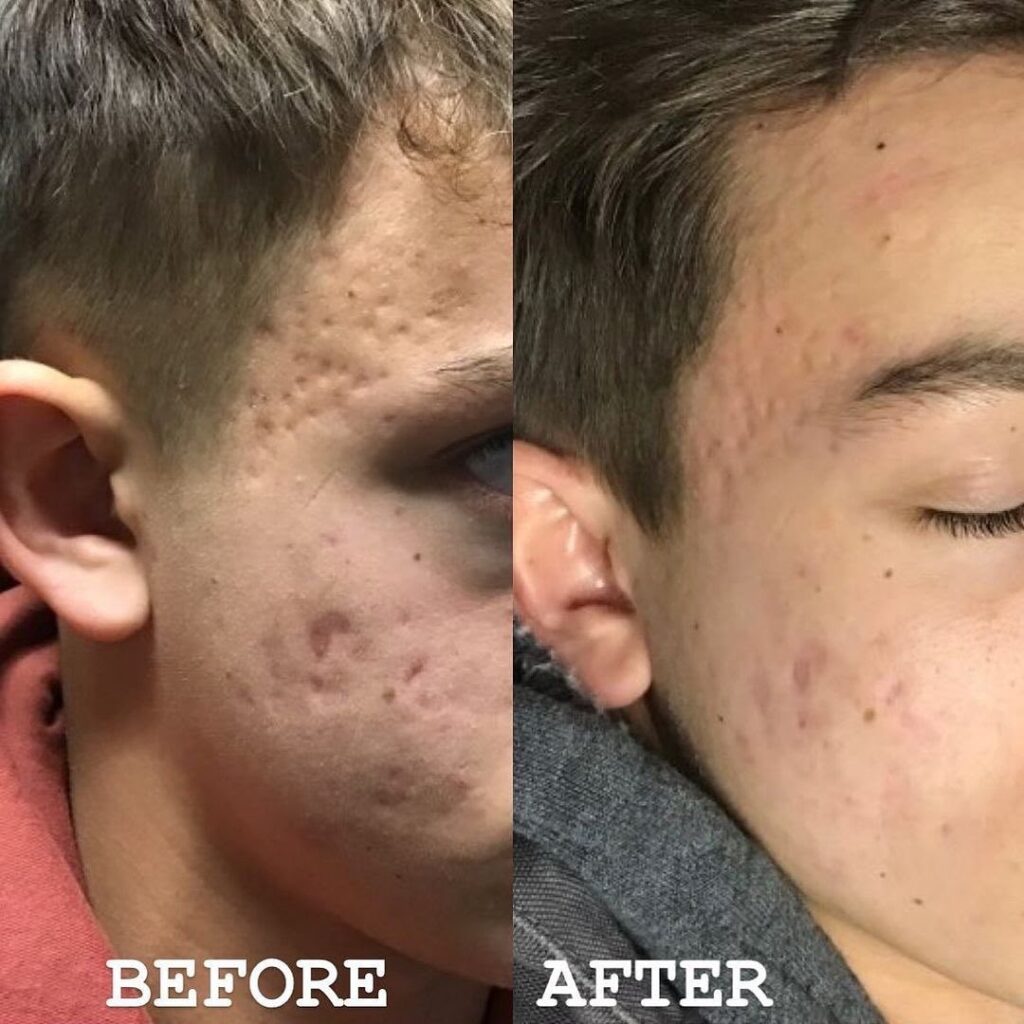
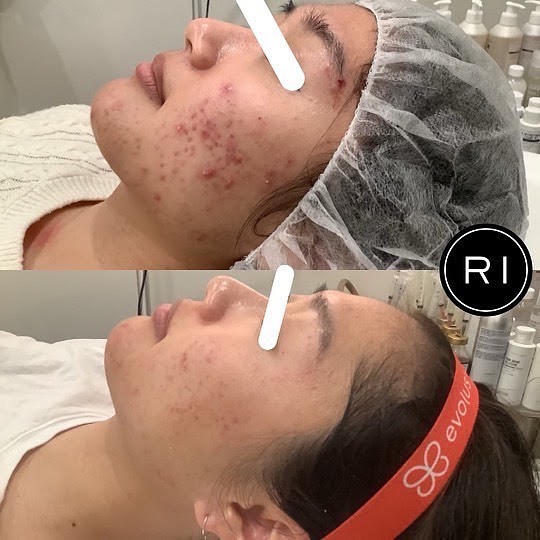
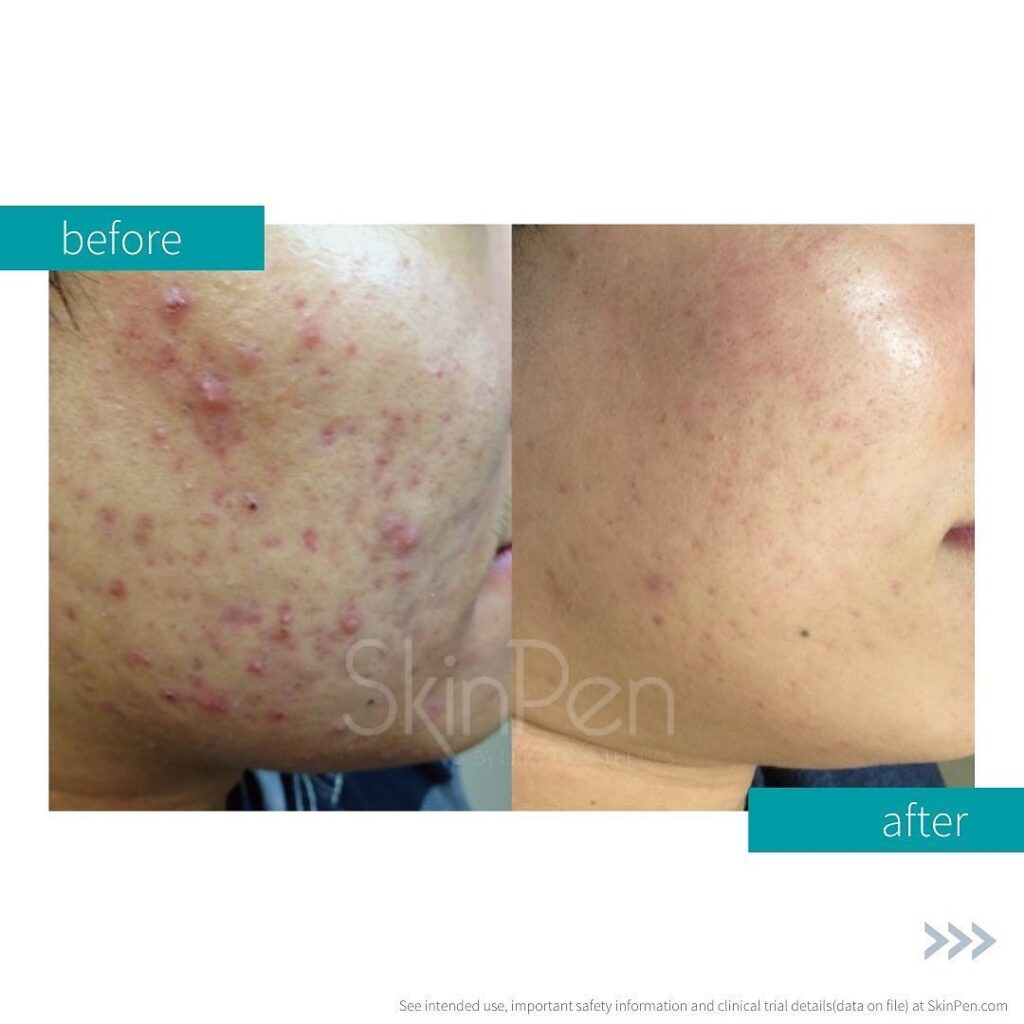
While you could theoretically attempt microneedling at home with an over-the-counter device, it’s far better to leave this treatment to the pros. SkinPen providers have the training and experience to get the best results while ensuring that the process is as smooth and safe as possible. They know how to adjust the needle depth based on your skin type and concerns, which is something you simply can’t do with a DIY approach.
SkinPen providers are also knowledgeable about post-treatment care, which is super important for getting the most out of your microneedling session. After all, your skin is going through a healing process, so taking the right steps afterward—like applying nourishing serums or avoiding sun exposure—can make all the difference. By working with a certified provider, you’re ensuring that you get the guidance you need to keep your skin healthy and glowing after treatment.
Wrapping It Up
At the end of the day, the technology behind SkinPen is designed to harness your skin’s natural power to heal and regenerate. By creating controlled micro-injuries, SkinPen stimulates collagen production, leading to smoother, firmer skin with minimal downtime. It’s safe, effective, and trusted by providers worldwide to treat a range of skin concerns, from acne scars to wrinkles.
If you’re considering microneedling, it’s a good idea to consult with a SkinPen provider who can guide you through the process and tailor the treatment to your specific needs. With their expertise and the advanced technology of the SkinPen device, you’ll be on your way to smoother, healthier skin in no time.
SkinPen vs. Other Scar Treatments: Comparing Microneedling to Lasers and Chemical Peels
When it comes to treating acne scars, the options seem endless. From lasers to chemical peels, and microneedling, it’s tough to know which is best for you. In this section, we’ll compare how SkinPen microneedling stacks up against other popular scar treatments. Whether you’re new to microneedling or exploring options, this guide will help you understand the key differences. Let’s dive into what makes each treatment unique!
What Is SkinPen Microneedling?
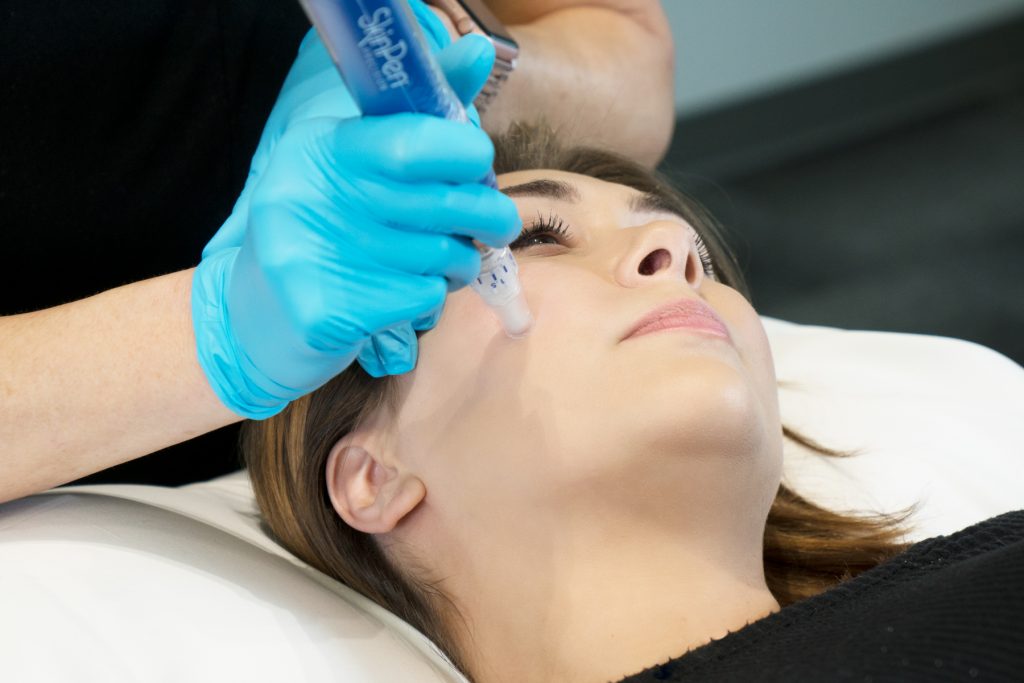
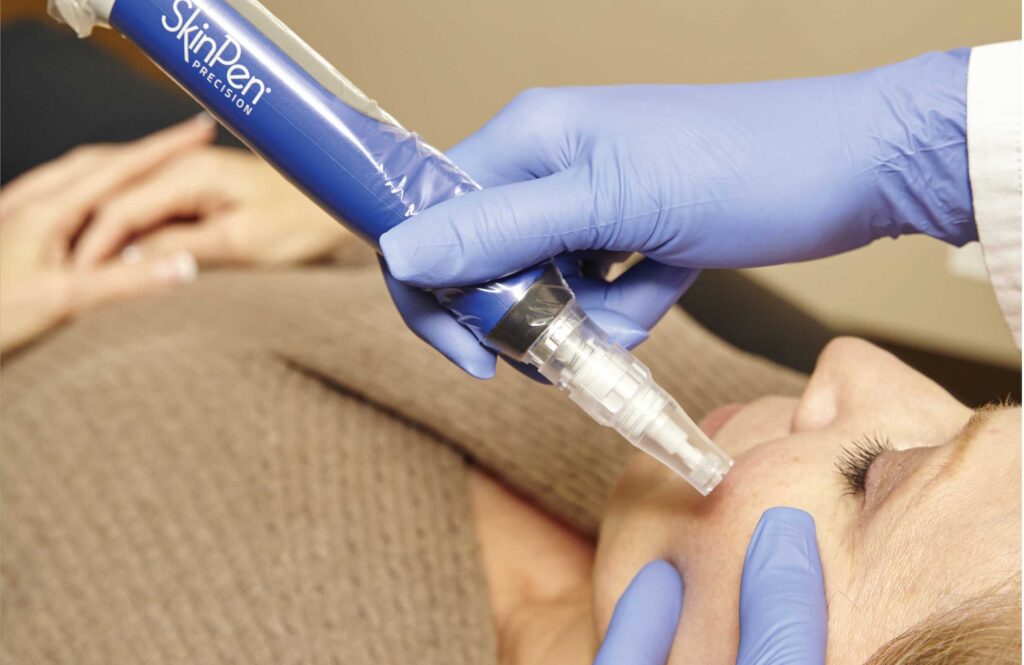
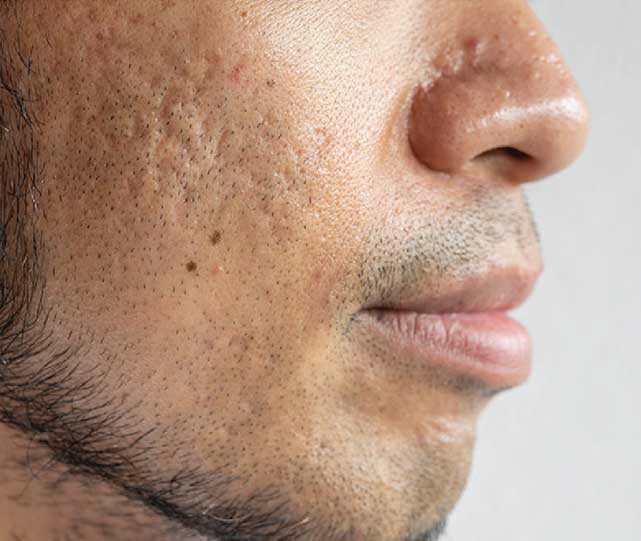
Before we jump into comparisons, let’s get to the basics: what exactly is SkinPen microneedling? As the first FDA-cleared microneedling device, SkinPen creates controlled micro-injuries to the skin using fine, sterile needles. These tiny injuries stimulate collagen production, encouraging your skin to naturally heal and regenerate. The best part? It’s minimally invasive and requires very little downtime.
SkinPen microneedling is designed to treat acne scars, fine lines, and even large pores. SkinPen providers often recommend it as a gentle yet effective solution that works with your body’s own healing processes. Unlike harsher treatments like lasers or chemical peels, microneedling is customizable, making it safe for almost every skin type. If you’re seeking a treatment that offers results with less discomfort, SkinPen is a top contender.
Lasers: Precision Power, But With a Price
Lasers are another popular option for acne scar treatment. They work by using concentrated light to target damaged skin cells, essentially vaporizing layers of skin to stimulate new growth. Laser treatments can be highly effective, especially for deep scars or more severe skin concerns, but they often come with a few notable drawbacks.
First, laser treatments are generally more aggressive than microneedling. This means they can cause more discomfort during the procedure and a longer recovery period afterward. Your skin may peel, blister, or appear red for days or even weeks after laser therapy. This makes it less ideal if you can’t afford to take time off for healing.
Additionally, laser treatments can be risky for people with darker skin tones. The concentrated light can cause pigmentation issues or even burns, making it less safe for a broader range of skin types. In contrast, SkinPen microneedling is safe for all skin types and tones. Since it works by boosting collagen production, it doesn’t rely on heat or light, making it a more inclusive option for treating acne scars.
Finally, laser treatments tend to be more expensive than microneedling sessions. While both treatments may require multiple visits to see full results, the cost per laser session is generally higher. SkinPen providers typically offer more affordable packages, especially for those needing long-term scar treatment.
Chemical Peels: The Power of Exfoliation
Chemical peels are another go-to solution for improving skin texture and reducing acne scars. They involve applying a chemical solution to the skin, which causes the top layers to peel off, revealing fresh, new skin underneath. Sounds pretty straightforward, right? But like lasers, chemical peels have their own set of challenges.
The strength of a chemical peel can vary. Light peels are often used to brighten the complexion or treat mild acne, while deep peels target more severe skin issues like deep acne scars. However, the stronger the peel, the more downtime you’ll need. Deep peels can leave your skin red, raw, and sensitive for days or even weeks after the treatment. It’s not exactly convenient if you have a busy schedule or low pain tolerance.
Chemical peels can also increase sensitivity to the sun, requiring you to be extra careful about sun exposure after treatment. Not to mention, peels can be unpredictable on sensitive skin, sometimes causing irritation or allergic reactions. This makes SkinPen microneedling a more appealing option for those with sensitive or easily irritated skin. Unlike chemical peels, SkinPen works with your skin’s natural process rather than stripping away layers, making it a gentler approach.
SkinPen providers also emphasize that microneedling can be repeated regularly with minimal risk of irritation. While chemical peels may need more time between sessions for your skin to recover, microneedling’s gentle nature allows you to get more consistent treatments without major downtime.
Why SkinPen Is a Top Choice for Scar Treatment
Now that we’ve compared SkinPen to lasers and chemical peels, you might be wondering, “Which is better for me?” While the answer depends on your individual skin type and goals, SkinPen offers several distinct advantages.
First, SkinPen is versatile. Whether you have mild or severe acne scarring, fine lines, or uneven texture, microneedling can address a range of skin concerns without the need for more aggressive measures. It’s a great option for people who want real results without the intense recovery period associated with lasers or chemical peels.
Secondly, SkinPen microneedling is safe for all skin tones and types. While lasers and chemical peels come with some risk of pigmentation changes or irritation, SkinPen works by stimulating your skin’s natural healing process. This makes it a more inclusive treatment for people with darker skin tones or sensitive skin.
Lastly, if you’re looking for an affordable, minimally invasive option, SkinPen stands out. It requires little to no downtime, meaning you can get back to your routine quickly. It also tends to be more cost-effective than laser treatments, especially when considering long-term maintenance.
Wrapping It Up: The Clear Winner?
When comparing SkinPen microneedling to other treatments like lasers and chemical peels, it’s clear that each option has its own benefits. However, for those seeking a treatment that’s safe, effective, and minimally invasive, SkinPen often comes out on top. Its ability to treat a variety of skin concerns with minimal discomfort and recovery time makes it a popular choice among both patients and SkinPen providers.
So if you’re weighing your options for acne scar treatment, consider giving SkinPen microneedling a closer look. With its unique blend of safety, affordability, and real results, it just might be the solution your skin has been waiting for!
What to Expect from Your SkinPen Provider: Consultation and Aftercare
If you’re considering SkinPen microneedling for acne scars or skin rejuvenation, knowing what to expect from your SkinPen provider can ease any nerves. From your initial consultation to aftercare, the process is designed to make you feel comfortable and informed every step of the way. This guide will walk you through what you can expect during your consultation, the treatment itself, and how to care for your skin afterward. Become A SkinPen Provider
Your Initial Consultation: What Happens When You First Meet Your Provider
The first step in your SkinPen microneedling journey is a consultation with your provider. This is where you’ll discuss your skin goals and any concerns you may have about the treatment. During this visit, the provider will assess your skin type, current condition, and specific areas of concern, such as acne scars, fine lines, or uneven texture.
You might be wondering, “Is microneedling right for me?” Your SkinPen provider will explain the benefits of the procedure and how it can help address your unique skin issues. They’ll also let you know if you’re a suitable candidate for microneedling, as it’s safe for almost all skin types. Additionally, your provider will walk you through the microneedling process, explaining how the SkinPen device works and what you can expect during and after the treatment.
At this stage, don’t be shy about asking questions. Your SkinPen provider is there to guide you and ensure that you feel comfortable moving forward. Whether you’re concerned about pain, downtime, or the number of sessions needed, this is the time to get all the answers. Remember, it’s all about making sure you’re confident and informed before your treatment begins.
The Microneedling Procedure: What to Expect on Treatment Day
Once your consultation is complete and you’ve decided to move forward, it’s time for the microneedling procedure itself. The day of your treatment will typically start with your provider prepping your skin by cleansing it thoroughly to remove any dirt or makeup. A numbing cream will then be applied to minimize any discomfort during the procedure, so you can relax knowing the process is relatively painless.
Once the numbing cream has taken effect, your SkinPen provider will use the microneedling device to create tiny, controlled injuries on the surface of your skin. These micro-injuries stimulate your body’s natural healing process, prompting collagen and elastin production, which are key to smoother, firmer skin. The best part? Microneedling is a non-invasive procedure that doesn’t require any incisions or harsh chemicals.
The treatment typically takes around 30 minutes to an hour, depending on the size of the area being treated. You might feel a slight tingling or a “prickly” sensation, but most people find it very tolerable thanks to the numbing cream. Your provider will guide you through the process, ensuring that you’re comfortable the entire time. Once the treatment is over, your skin may look a little red, similar to a mild sunburn, but don’t worry—this is completely normal and temporary.
Aftercare: How to Care for Your Skin Post-Treatment
After your SkinPen microneedling treatment, proper aftercare is crucial to ensure optimal results. Your SkinPen provider will give you a detailed aftercare plan, which usually includes keeping the treated area clean and moisturized. For the first 24-48 hours after your treatment, your skin might feel a bit sensitive, and you may experience some redness or mild swelling.
To promote healing and protect your skin, your provider will likely recommend avoiding direct sun exposure, hot showers, and rigorous exercise for a few days. You’ll also want to steer clear of any skincare products containing harsh ingredients like retinol or acids until your skin has fully healed. Instead, focus on gentle, hydrating products that soothe and support the healing process. Your SkinPen provider may even suggest specific products or provide you with samples to use during the recovery phase.
It’s essential to follow these aftercare instructions closely to minimize any risks and ensure that you get the best possible results from your microneedling session. If you’re unsure about anything post-treatment, don’t hesitate to reach out to your provider for guidance. They’re there to support you, not just during the treatment but throughout your entire healing process.
Follow-Up Appointments: Maintaining Your SkinPen Results
The journey doesn’t end after your first microneedling session! Many SkinPen providers recommend multiple treatments, spaced several weeks apart, to achieve the best results. Depending on your skin’s condition and the goals you discussed during your consultation, your provider will create a personalized treatment plan for you.
Typically, 3-6 sessions are recommended to address deeper acne scars or more severe skin concerns. The good news? Each session builds on the previous one, helping to improve your skin’s texture and appearance over time. With consistent treatments, you’ll begin to see smoother, more even skin that’s healthier and more radiant.
Your provider will also keep an eye on your skin’s progress and adjust your treatment plan if necessary. It’s always a good idea to schedule regular follow-up appointments to maintain your results and keep your skin looking its best.
Wrapping It Up: Trust the Process
From your initial consultation to post-treatment care, working with a trusted SkinPen provider ensures that you’re in good hands throughout your microneedling journey. Whether you’re treating acne scars, fine lines, or other skin imperfections, the personalized care and expert guidance of your provider will help you achieve the glowing, healthy skin you’ve been dreaming of.
So if you’re curious about SkinPen microneedling, now you know what to expect every step of the way—from consultation, treatment, to aftercare. With the support of experienced SkinPen providers, you’ll be well on your way to achieving smoother, more youthful-looking skin in no time!
